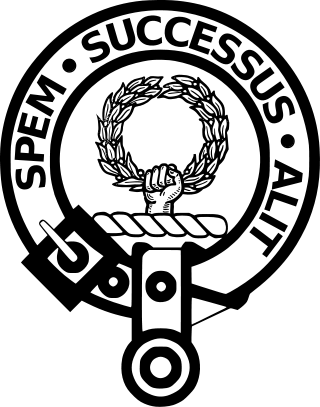
Clan Ross is a Highland Scottish clan. The original chiefs of the clan were the original Earls of Ross.

Drum Castle is a castle near Drumoak in Aberdeenshire, Scotland. For centuries it was the seat of the chief of Clan Irvine. The place-name Drum is derived from Gaelic druim, 'ridge'. The site is located approximately 6+1⁄2 miles northeast of Banchory and 3 miles west of Peterculter. The property is now owned by the National Trust for Scotland and is open to the public.
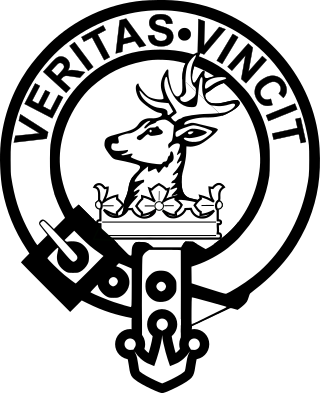
Clan Keith is a Highland and Lowland Scottish clan, whose Chief historically held the hereditary title of Marischal, then Great Marischal, then Earl Marischal of Scotland.

Clan Donald, also known as Clan MacDonald, is a Highland Scottish clan and one of the largest Scottish clans. The Lord Lyon King of Arms, the Scottish official with responsibility for regulating heraldry in that country, issuing new grants of coats of arms, and serving as the judge of the Court of the Lord Lyon, recognises under Scottish law the High Chief of Clan Donald. Historically the chiefs of the Clan Donald held the title of Lord of the Isles until 1493 and two of those chiefs also held the title of Earl of Ross until 1476. Queen Mary of Denmark is member of Clan Donald.
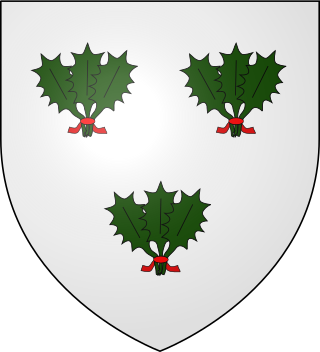
William (Thomas) Irvine was a Scots soldier born in Dumfriesshire in Scotland. His father was William de Irwyn of Wodehouse, Laird of Bonshaw Tower.

Clan Maclean is a Highlands Scottish clan. They are one of the oldest clans in the Highlands and owned large tracts of land in Argyll as well as the Inner Hebrides. Many early MacLeans became famous for their honour, strength and courage in battle. They were involved in clan skirmishes with the Mackinnons, Camerons, MacDonalds and Campbells, as well as all of the Jacobite risings.

Clan Mackintosh is a Scottish clan from Inverness in the Scottish Highlands. The chiefs of the clan are the Mackintoshes of Mackintosh. Another branch of the clan, the Mackintoshes of Torcastle, are the chiefs of Clan Chattan, a historic confederation of clans.

Clan Macpherson is a Highland Scottish clan and a member of the Chattan Confederation.
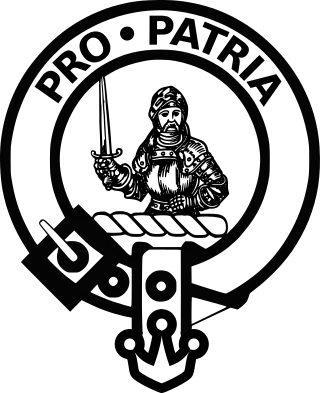
Clan Bannerman is a Lowland Scottish clan.

Clan Gordon is a Highland Scottish clan, historically one of the most powerful Scottish clans. The Gordon lands once spanned a large territory across the Highlands. Presently, Gordon is seated at Aboyne Castle, Aberdeenshire. The Chief of the clan is the Earl of Huntly, later the Marquess of Huntly.

Clan Cameron is a West Highland Scottish clan, with one main branch Lochiel, and numerous cadet branches. The Clan Cameron lands are in Lochaber and within their lands lies Ben Nevis which is the highest mountain in the British Isles. The Chief of the clan is customarily referred to as simply "Lochiel".
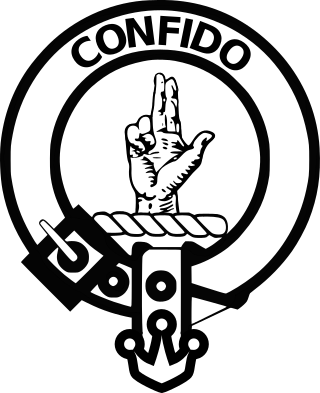
Clan Boyd is a Scottish clan of the Scottish Lowlands and is recognized as such by the Lord Lyon King of Arms.

Clan Davidson is a Highland Scottish clan and a member of the Chattan Confederation.

Clan Menzies ; Scottish Gaelic: Clann Mèinnear; a member is a Mèinnearach) is a Highland Scottish clan.

Clan Stirling is a Scottish clan of the Scottish Lowlands.

Clan Haldane is a Lowland Scottish clan.

Clan MacMillan is a Highland Scottish clan. The Clan was originally located in the Lochaber area of the Scottish Highlands during the 12th century. The clan supported Robert the Bruce during the Wars of Scottish Independence, but later supported the Lord of the Isles in opposition to the Scottish Crown. During the Jacobite rising of 1745 the clan was divided with some supporting the Jacobites and others not taking part in the rebellion.

Clan Matheson is a Highland Scottish clan.
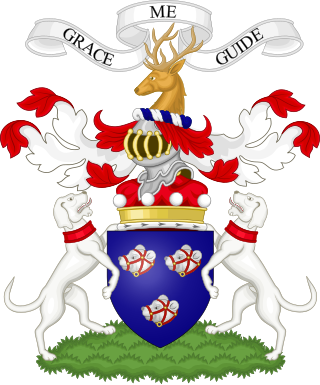
Clan Forbes is a Highland Scottish clan from Aberdeenshire, Scotland.

The Battle of Drumoak, also known as the Battle of Keith's Muir, was a Scottish clan battle that took place at Drumoak, Aberdeenshire, Scotland in 1402. It was fought between the Clan Irvine whose chiefs were seated at Drum Castle and the Clan Keith whose chiefs were the Earls Marischal.























